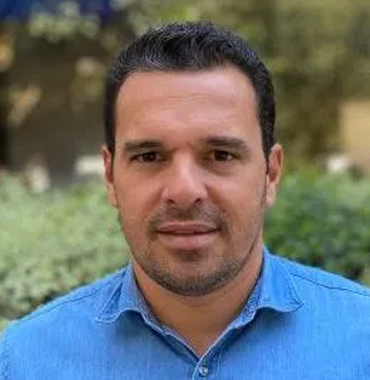
Femoral Head Chondrosarcoma
Chondrosarcoma of the femoral head. Male patient, 49 years old, reported pain in his hip for ten months. He performs an x-ray of the pelvis which reveals an injury to the head and right femoral neck (Figure 1). The tomography details the aspects of the injury (Figure 2).
Chondroma or chondrosarcoma? The doctor chooses to perform a percutaneous biopsy whose pathology concludes chondroma. Cartilaginous lesion, in a long bone, with pain, erosion of the internal cortex, foci of calcification in a patient over forty years of age should be treated as chondrosarcoma. It is treated as a chondroma, a conventional prosthesis (Figure 3).
After a few months, there was an increase in volume in the right thigh and pain, and a progressive increase in the hip (Figure 4). The radiograph shows an expansive lesion (Figure 5).
For this neoplasm, whose only treatment is surgery, it cannot be induced by anatomopathological examination of chondroma by biopsy. We should not perform another biopsy, as we already have a diagnosis of a cartilaginous lesion. The aggressive images, with foci of calcification and erosion of the internal cortex define the approach to treating this case as the chondrosarcoma it was (Figure 9).
Authors of the case
Author: Prof. Dr. Pedro Péricles Ribeiro Baptista
Orthopedic Oncosurgery at the Dr. Arnaldo Vieira de Carvalho Cancer Institute
Office : Rua General Jardim, 846 – Cj 41 – Cep: 01223-010 Higienópolis São Paulo – SP
Phone: +55 11 3231-4638 Cell:+55 11 99863-5577 Email: drpprb@gmail.com












